In light of the alarmingly high number of break-ins that have recently taken place, doors and windows are gaining access to more sophisticated locking devices. The number of instruments that firefighters use in order to gain entrance by force should be increased. IFSTA defines forcible entry as the processes that are utilized to gain access to buildings or other restraint areas when the typical means of entry are closed or impeded. These processes may include breaking down doors or using tools to force entry. Everyone in the group has to be familiar with the different strategies.
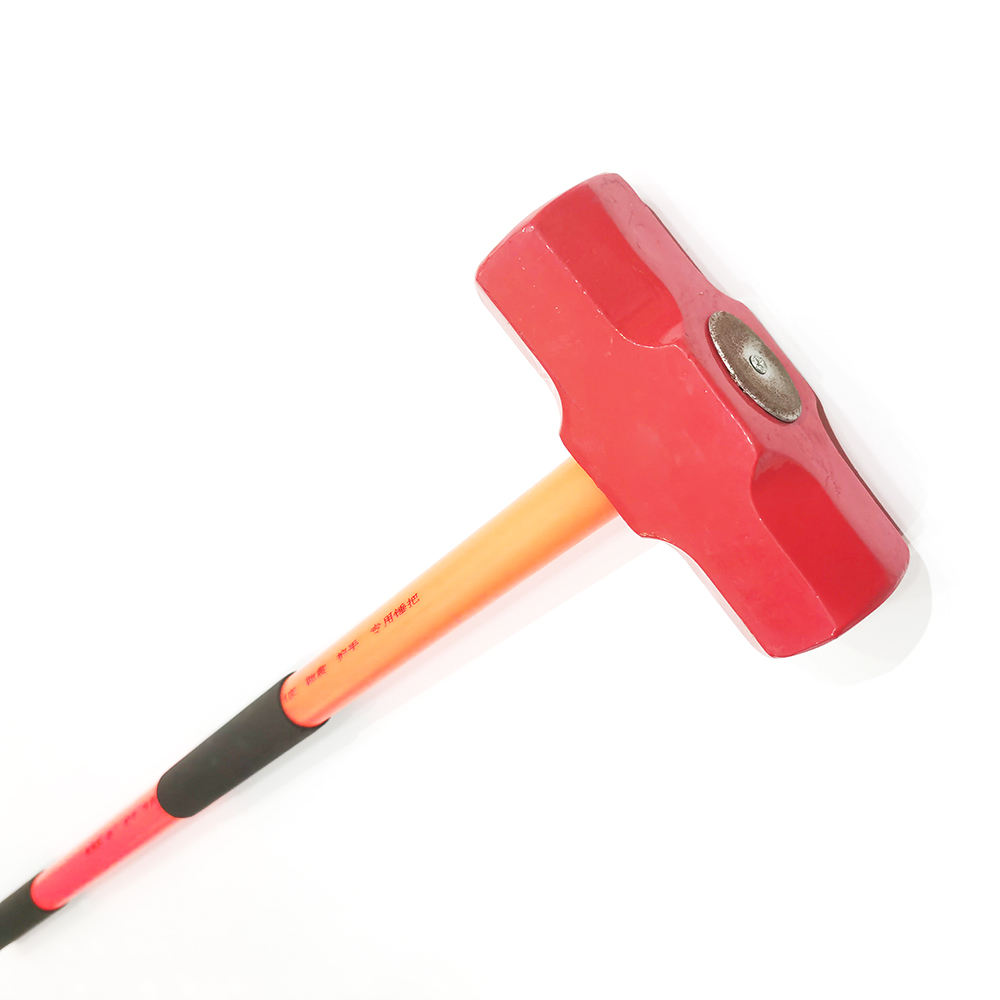
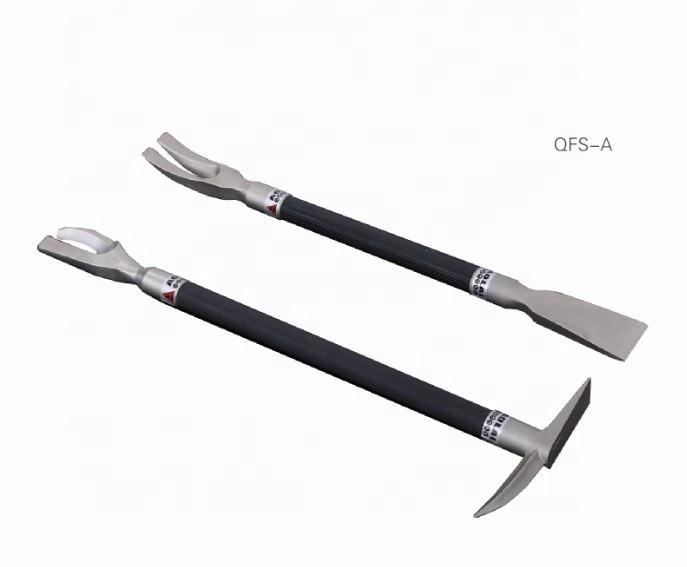
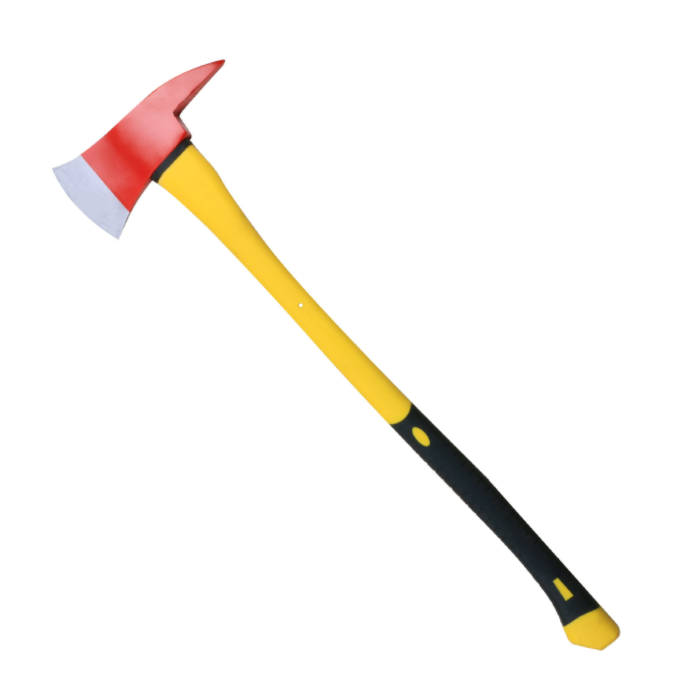
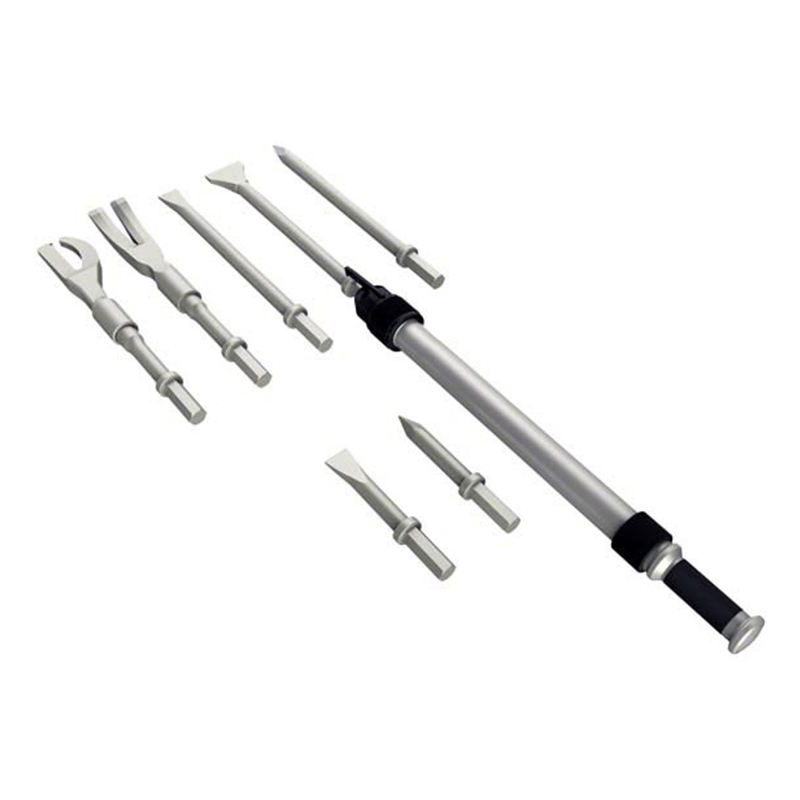
An expert in the forced entrance is someone who has knowledge, talents, and experience all under their belt at the same time. It is vital to have a working knowledge of the many types of doors, hardware, and locks. A level of understanding is required in order to properly evaluate even the simplest of entrance points. Firefighters are able to undertake forced entry with a high level of proficiency because of their extensive knowledge of the many kinds of doors and locks, tool types, architectural features, and construction techniques.
In addition, the skill of forcing one’s way inside a building requires a great deal of practice before it can be perfected. Learning from both your achievements and your mistakes is the only way to advance your career as a firefighter. Today, we are going to discuss a variety of forced entry tools in order to help you understand more, as well as a full guide to selecting the appropriate forcible entry equipment and then using them in the appropriate manner.
Table of Contents
Regular Forcible Entry Tools.
The tools that firemen employ may be grouped into a few broad categories, including those meant for striking, prying, cutting, as well as pulling, in addition to those suited for specific operations such as breaking locks or taking down whole walls.
Striking Tools.
An instrument for striking that has a flat head, such as an axe or sledgehammer (occasionally called a maul), can be employed to break a lock, smash a wedge, or impact another tool. Sledgehammers may have handles that are either short or long, can weigh anywhere from 2 to 20 pounds, and are designed to increase hitting force.
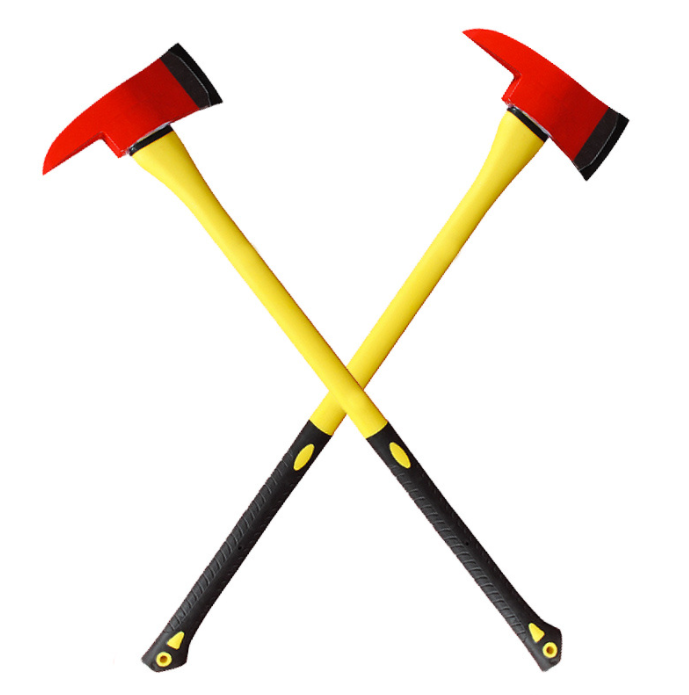
Prying Tools.
In order to acquire a mechanical advantage as well as leverage throughout entry attempts, prying tools such as the crow-bar, Halligan, the pry-bar, and perhaps even hydraulic spreaders may be employed. These tools may be used to extend a door, move an object, or expose a lock. The irons is a slang term for Halligan as well as the flat-headed axe that is often used in conjunction with the Halligan tool. This is the basic formula that fire crews use when attempting to enter a building by force.
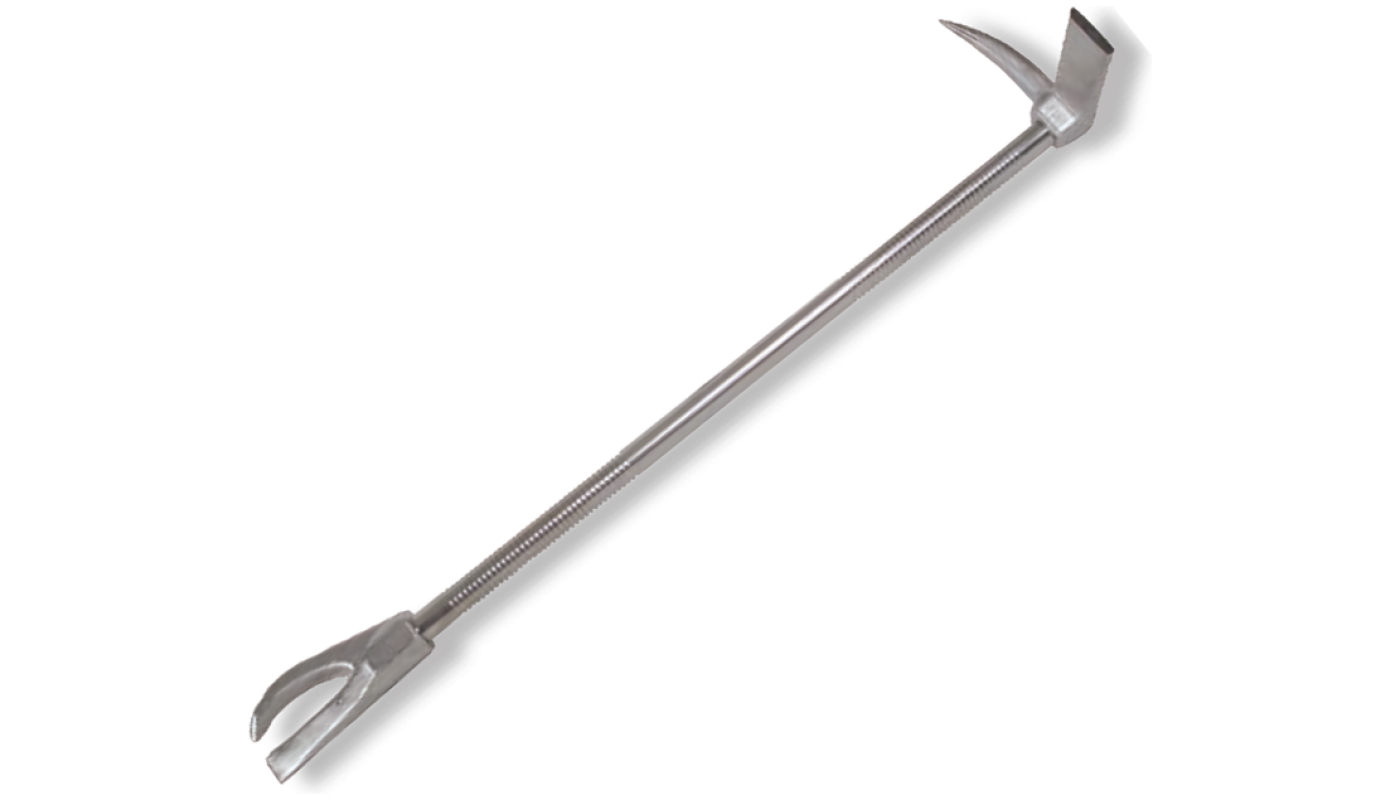
Cutting Tools.
Tools like cutting torches, axes, trimmers & saws, and bolt cutters are only a few examples of the kinds of implements that may be used to pick or bypass locks. The K&A tool as well as the bam-bam tool, along with several other keys and picks designed to unlock certain security systems are all examples of instruments that are expressly used for forcible entry.
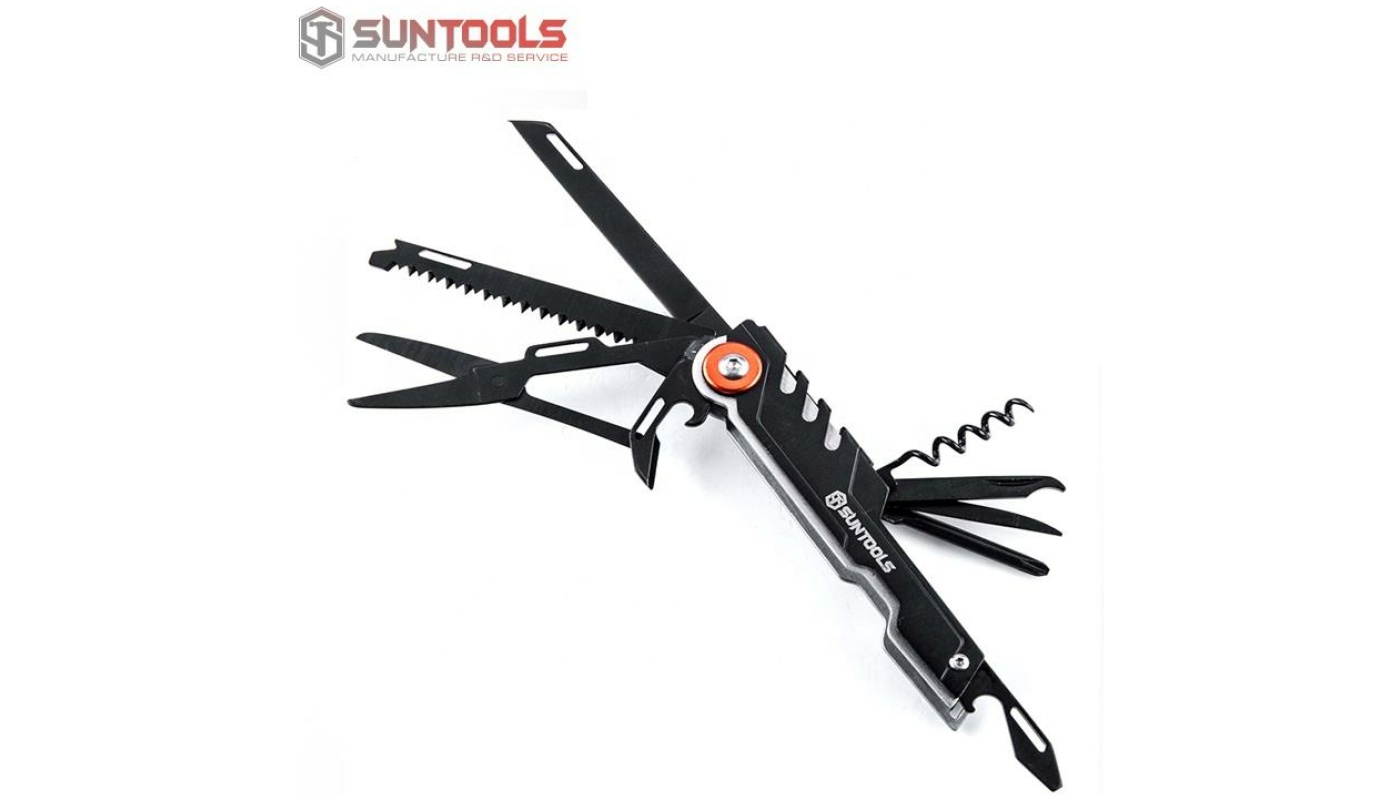
Pulling Tools.
The come-along is a device that, similar to the goldenrod fencing stretcher, utilizes chains & hooks to bring items closer together. When power tools are in short supply on a big stage, the come-along’s ability to ratchet gates, dashes, and seating rails may be quite helpful. It is possible to widen secured apertures or metal frameworks with the use of power saws, hydrodynamic wedges, pneumatic equipment, and battery-powered rams and spreaders.
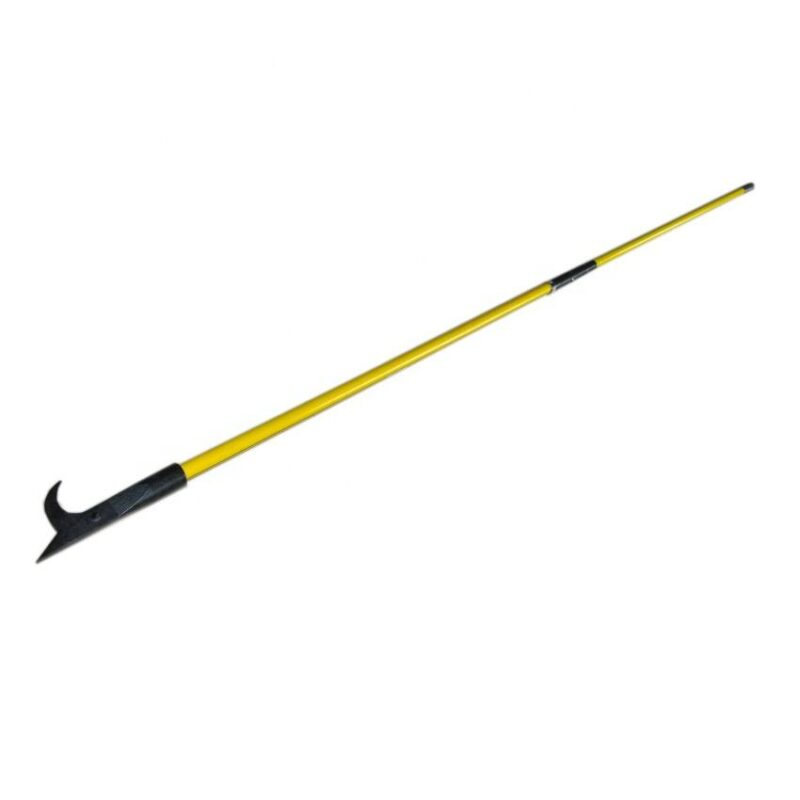
How to Choose the Forcible Entry Tools?
Even while it is conceivable to make the case that forcible entry is one of the less well-known techniques used by rescue services, there is no denying that it is, without a doubt, one of the most important strategies.
In order to gain admittance by using force, you will need to do more than just break the doors or windows. For firefighters to be competent in putting out flames, they need to be able to undertake forcible entry operations in a way that is not only secure but also productive and effective.
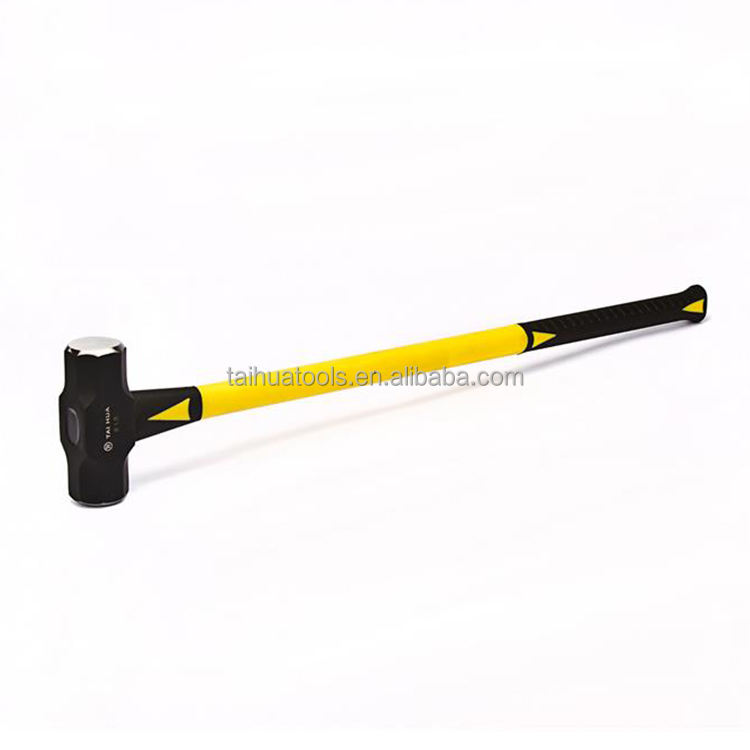
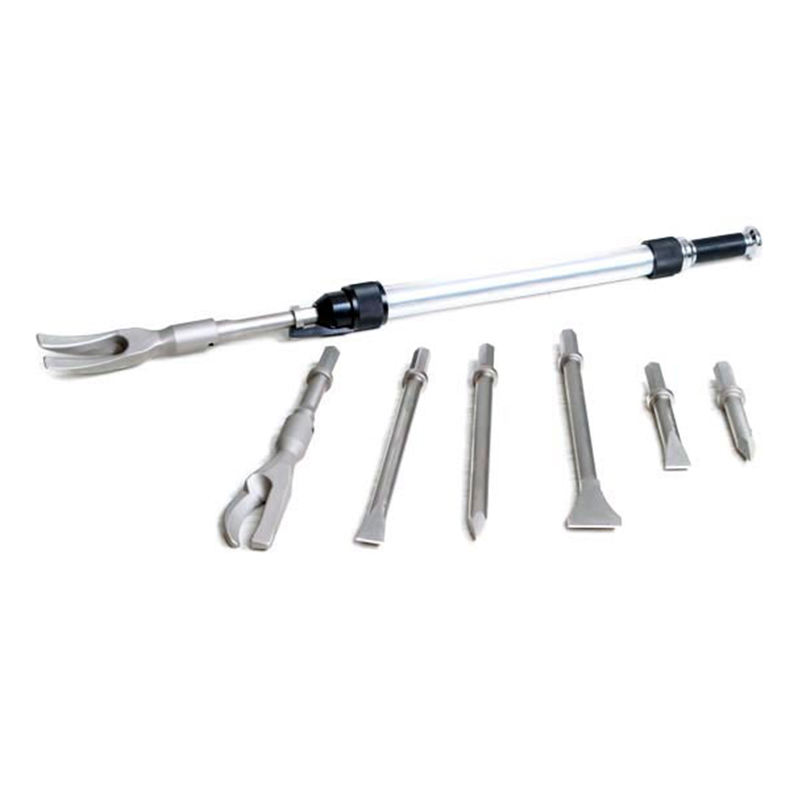
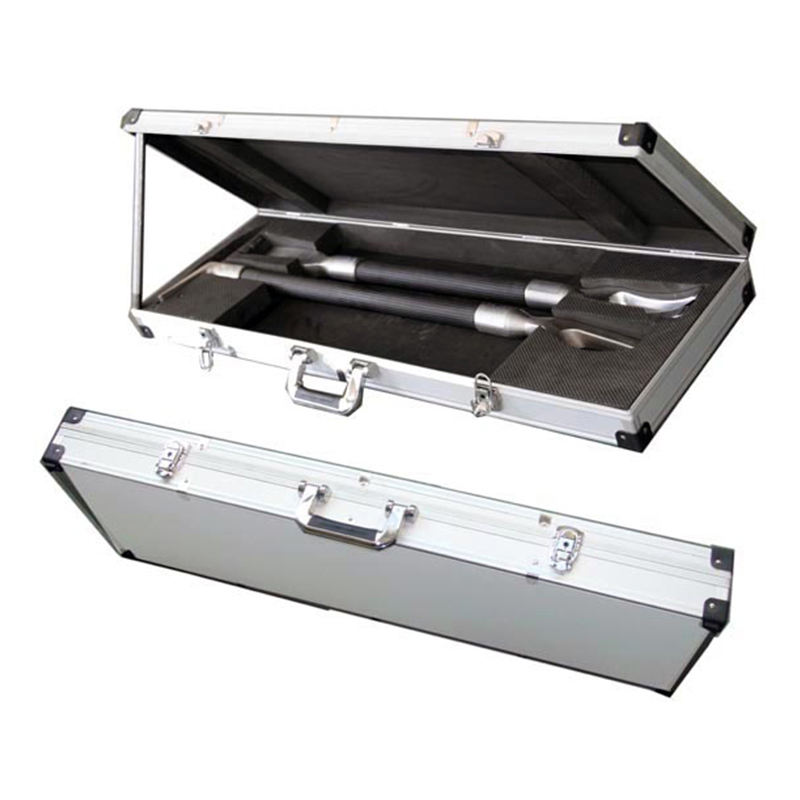
When your company is looking to acquire new forcible entry equipment or expand its existing stock, there are four factors that should be taken into account before making any selections. These factors are as follows:
- Forcible entry requirements.
- Training requirements.
- Room for storing equipment.
- Staffing as well as maintenance.
Additionally, the demographics of those who enter forcibly vary substantially from department to department.
For instance, does your dept provide services to neighborhoods that are mostly comprised of bedroom houses and where the majority of the buildings that make up the area are of the residential sort that have wood-framed construction? If this is the scenario, your needs won’t be the same as a fire station in a heavily commercialized region, where most buildings are of conventional construction and feature inward-opening metal gates and windows secured by security bars.
How to Use the Forcible Entry Tools Correctly?
In the following, we will take a very careful look at the three most important aspects to keep in mind to make effective use of the tools used for forcible entry:
Recognize the Mechanics of Applying Force.
The bulk of the devices that are used in the process of forcefully entering a place operates in accordance with the principle of leverage. The force of a firefighter’s arm is an example of an input force, while the force of the work that has to be completed is an example of an output force. Both of these forces are components of a tool.
The utilization of a fulcrum, also known as the point where two opposing forces meet, allows for the creation of a mechanical advantage. This advantage causes an object to tilt to one side while it is in motion. It is vital for firemen to have a thorough grasp of how force is applied in order to leverage a Halligan tool and pry bar in a doorframe. This understanding is critical for effective tool use as well as safety.
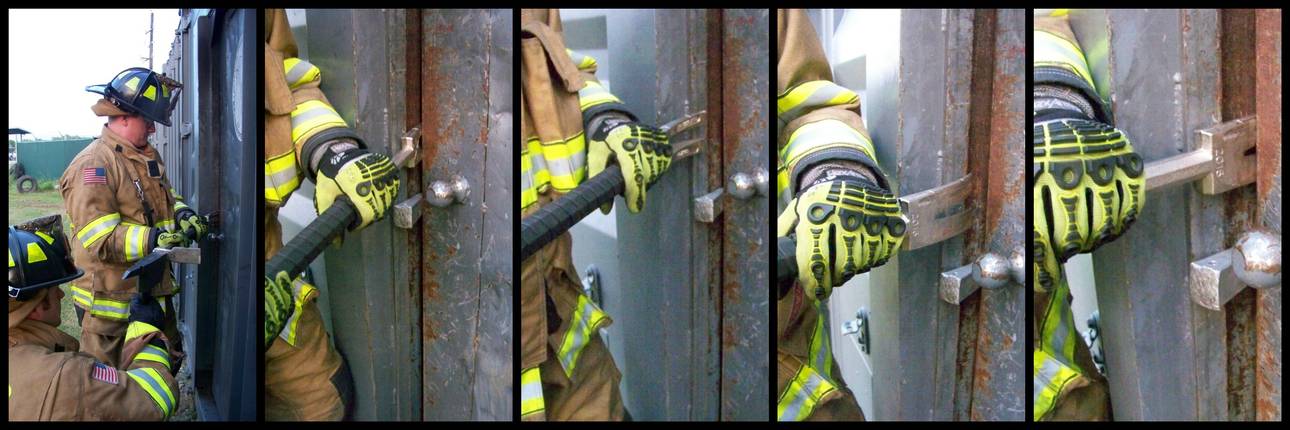
Carry Forcible Entry Tools Carefully.
Firefighters using forceful entrance equipment, such as a pick-head axe or Halligan, should be conscious of their immediate surroundings and take precautions to prevent slashing themselves on any sharp edges or points.
On the other hand, you should also hold the tip down while working with pike poles or pry bars, which are likewise long-pointed equipment. Focus on keeping a sledgehammer as well as other heavy equipment tight to the handle, and don’t swing it as you go to your destination.
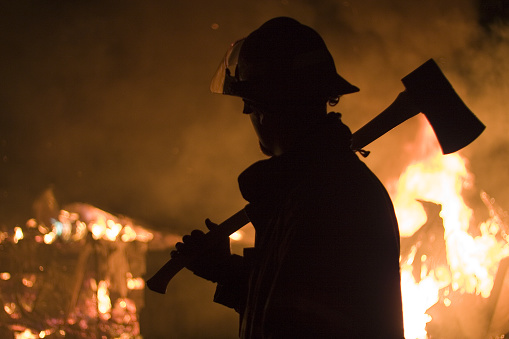
Protect Not Just Your Tools but Also Yourself.
When attempting to forcibly enter a building, the necessary tools must be in a useable condition and must be put to use in accordance with their intended function at all times. When using forceful entry tools, firemen are required to wear the full complement of personal protective equipment (PPE), and they are not permitted to handle the tools on their own.
The majority of the equipment that is used is bulky and difficult to manipulate because of its construction. Firefighters need to work together in order to move large support items and equipment, such as deployable lighting assemblies and various hydraulic tools. In addition, they need to work together in order to move instruments like power supplies.
Final Thoughts!
Fire departments need to take notice of the equipment they already have and consider how they may profit from investing in alternative solutions. Before acquiring new equipment, fire departments should consult with the firefighters who will be using it to determine which tools will be used the most often and which will be utilized the least. If a tool is used regularly, it is possible that it has reached the point where it should be retired to create a place for more recent tools.






